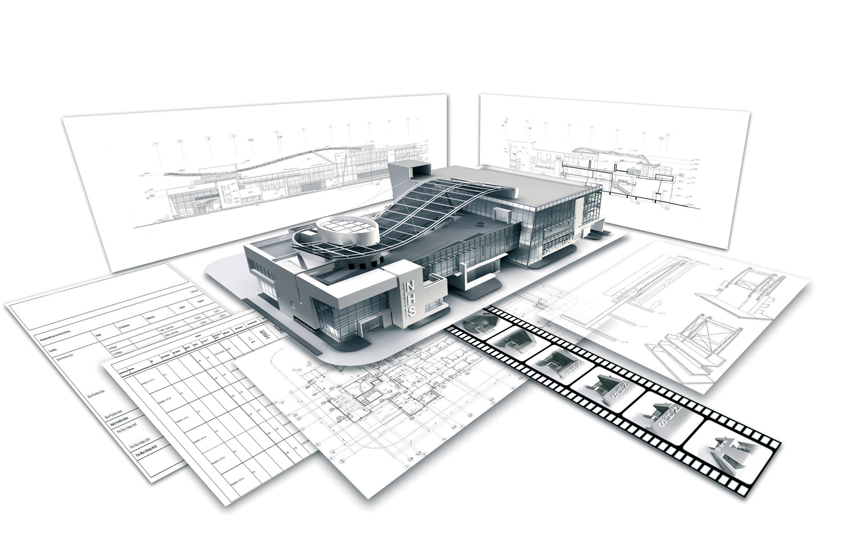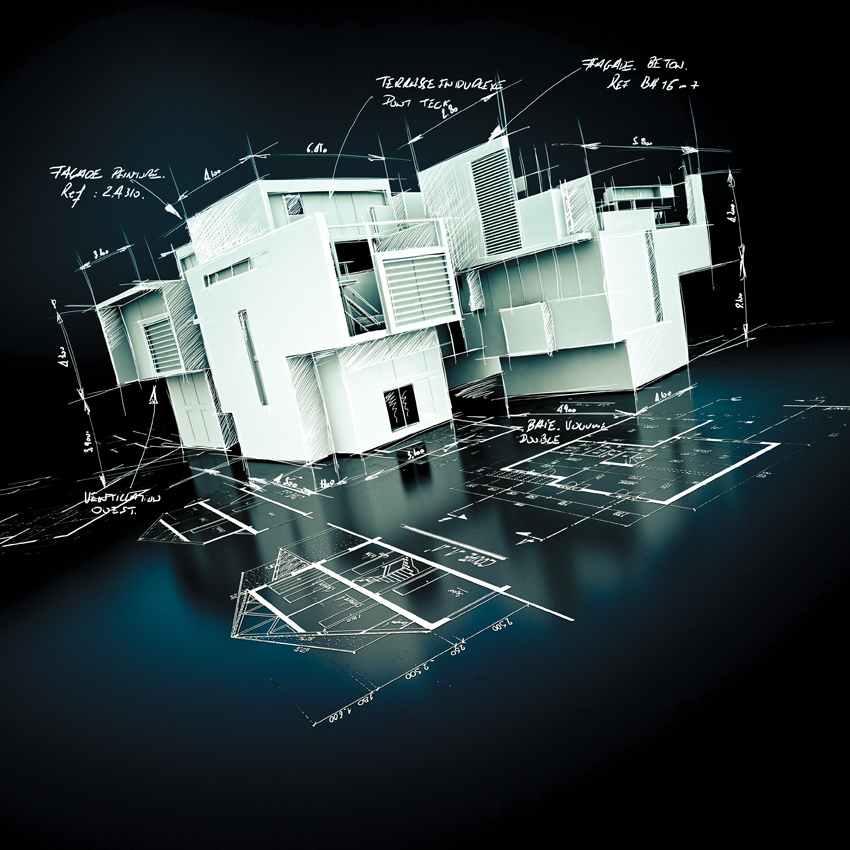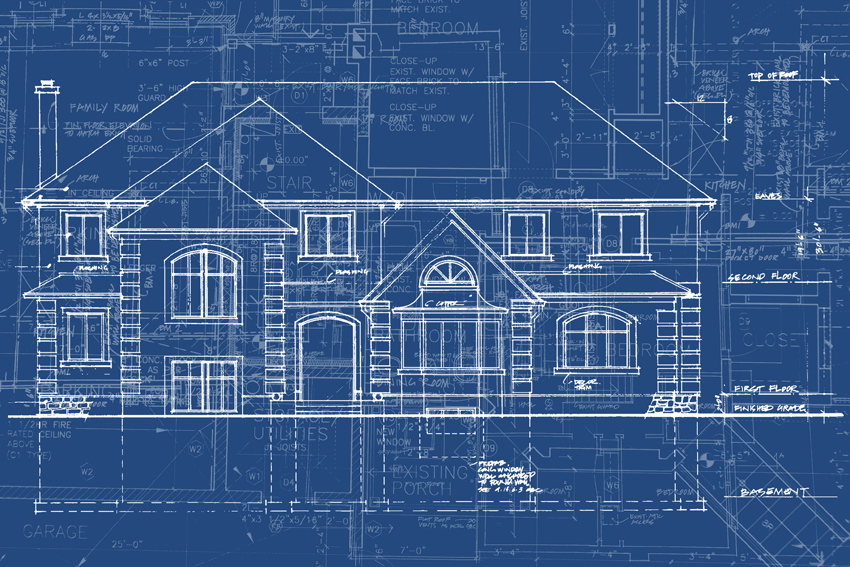The Future is BIM
 1 AIA LU/Elective; 0.1 ICC CEU; 1 IIBEC CEH; 0.1 IACET CEU*; 1 AIBD P-CE; AAA 1 Structured Learning Hour; This course can be self-reported to the AANB, as per their CE Guidelines; AAPEI 1 Structured Learning Hour; This course can be self-reported to the AIBC, as per their CE Guidelines.; MAA 1 Structured Learning Hour; This course can be self-reported to the NLAA.; This course can be self-reported to the NSAA; NWTAA 1 Structured Learning Hour; OAA 1 Learning Hour; SAA 1 Hour of Core Learning
1 AIA LU/Elective; 0.1 ICC CEU; 1 IIBEC CEH; 0.1 IACET CEU*; 1 AIBD P-CE; AAA 1 Structured Learning Hour; This course can be self-reported to the AANB, as per their CE Guidelines; AAPEI 1 Structured Learning Hour; This course can be self-reported to the AIBC, as per their CE Guidelines.; MAA 1 Structured Learning Hour; This course can be self-reported to the NLAA.; This course can be self-reported to the NSAA; NWTAA 1 Structured Learning Hour; OAA 1 Learning Hour; SAA 1 Hour of Core Learning
Learning Objectives:
- Describe how BIM software plays a role in an architecture firm’s project productivity and strategic initiatives.
- Explain how OPEN BIM leads to seamless collaboration and transparency.
- Discuss the benefits of using BIM's fluid design capabilities.
- List examples of how BIM supports virtual collaboration using digital delivery.
This course is part of the Business of Architecture Academy
The architecture, engineering, and construction (AEC) industry has more demands on it than ever before, with needs ranging from pathogen-fighting designs to more flexible work, play, and education spaces. With the challenges brought on by a pandemic, in which the industry itself has dealt with the extra burden of remote collaboration, there have also come some exciting prospects for innovation and a reimagining of how buildings are made.

Photo courtesy of Pappageorge Haymes Partners
Building information modeling (BIM) has encouraged architectural collaboration and changed how the AEC industry designs and constructs buildings.
Building information modeling (BIM) is a tool that has provided collaborative solutions within architecture firms and also opened up possibilities for the AEC industry. This opening section will introduce BIM and its main concepts and provide a general overview of its benefits. It will give a brief history of design tools and discuss what an architecture firm’s chief objectives and strategic initiatives are, how those goals are often undermined by insufficient technology, and how BIM has the potential to meet project productivity aspirations.

Image courtesy of PAAstudio
The NHS Office Complex in Los Angeles features a rooftop garden designed by PAAstudio.
WHAT IS BIM?
BIM, when used with intelligent workflow software and a 3-D model, provides all project planners and implementing companies involved in a project with information and tools for efficient planning, design, construction, and administration of buildings and infrastructure. It is a trend that architects have rapidly been moving toward, and it is now becoming more of an industry standard when specifying and designing projects.
Traditional drafting methods and tools began with 2-D designs either done by hand or using simple design software. While these methods historically were sufficient for most architects, today a greater demand for faster and more accurate blueprints has prompted a change in the design industry. Being able to incorporate specific products and materials into the design of a building is now possible using BIM software, and it allows for greater control of the project and managing the expectations of the client.
BIM is the process and practice of virtual design, construction, and management throughout a building’s entire life cycle. The modeling platform is data-rich, which allows designers and building professionals to generate 3-D models (and drawings). BIM can include information about all aspects of a building, from designs, decisions, product specifications, and building space use all the way to operations management. The modeled information also can be used for building analyses; for example, to check building codes, calculate costs, or simulate energy use.
Key BIM data includes the geometry of the project, the physical properties of the materials (e.g., construction materials, visuals properties), the types of buildings or spaces, and cost and time schedules. The object-oriented model is tied to a central database that is accessible to all project participants. The data can be used to generate high-quality 3-D renderings to present a building concept for a bid or help architects visualize and analyze specific design elements, such as energy use.
BIM enables project-wide decision-making, and the virtual model easily can be handed off from the design team to other building professionals, such as contractors, or the owners. Project information remains intact and thus helps each professional understand the building specifications throughout the building’s life cycle.
BIM represents design as a combination of “intelligent” parametric objects, which can range from generic shapes or spaces to product-specific features. Each object contains data attributes and parametric rules, making them intelligent building components. When one object (for example, the representation of a door) is changed, related objects (for example, a wall) will also change to coordinate. Views are coordinated automatically through BIM. For manufacturers, this functionality means that they can drop in exact product specifications to the program and allow outcomes to calibrate to that product.

In the design phase, architects can conceptualize, analyze, detail, and document a project as well as use BIM data to inform scheduling and logistics for every step of the planning process.
A Brief History of Architecture Tools
Architectural design tools were developed to help builders plan and standardize and reproduce the documents required to construct a building. Ancient Egyptians were known to use wooden corner rulers, and ancient Greeks used styli, scale rulers, and metal rulers. Romans used triangular rulers, compasses, and a ruler designed specifically to be used with a pen.
Renaissance architects used the camera obscura in tandem with pen and paper drawings as a means of producing precise reproductions of existing structures.
In the mid-1800s, different chemical and mechanical processes were employed to reproduce architectural drawings. The cyanotype, which was developed in 1842 by Sir John Herschel, allowed a drawing to be made on a translucent surface, which was then placed on chemically coated paper and exposed to light. The blue tone of the paper introduced the term “blueprint” to the architectural field. Similar processes were used through the mid-1900s, but the term blueprint has remained.
Throughout the first half of the 20th century, architectural design tools remained similar to what they were for the previous century. Drafting machines and blueprints were standard. Drafters or designers were specifically trained to master the mechanics of the drafting machine. Drafting tools advanced and were mass produced to improve standardization, but drafting and reproduction techniques were still limited to the work of a trained individual.

Architectural design tools were developed to help builders plan and standardize and reproduce the documents required to construct a building.
In the 1940s, architects began using diazo prints in place of blueprints. This new technique was known as “whiteprints” or “blue lines” because of the blue lines on the white background. Diazo prints are still used today for some applications.
Computer-aided design (CAD) was first developed as a concept with prototypes in the early 1960s. SKETCHPAD, designed by Massachusetts Institute of Technology’s Lincoln Laboratory, allowed designers to draw on a CRT monitor with a light pen. This and later programs demonstrated that drawn objects could be reproduced with changes to orientation, scale, and linkage. However, throughout the 1960s, computers were new and expensive, and software capabilities were low and limited. 2-D reproduction of manual drafting and the benefits of CAD were hampered by the function and cost of computers and software.
Commercial CAD systems emerged in the late 1960s, and with them came increased functionality. Design modifications and revisions became easier to do, and productivity increased as the software improved and more professionals learned how to use it.
Most CAD programs were in 2-D throughout the 1970s. CAD was first used commercially in large industries, such as automotive, aerospace, and electronics. In 1971, the computer system ADAM (automated drafting and machining) provided advanced code.
By the mid-1970s, CAD systems moved beyond reproduction to more complex calculations, and more companies began developing software. As computer prices lowered and the functionality increased, the cost-benefit of using the system prompted engineering and architectural design firms to move away from time-consuming manual drafting. During the transition away from manual drafting and design, calculations were still done either by hand or by computer.
Advanced 2-D drafting systems emerged in the 1980s and included more features and modeling methods, as well as parametric linking of the features.

Blueprints no longer represent the standard method of communicating design intent or building plans.










